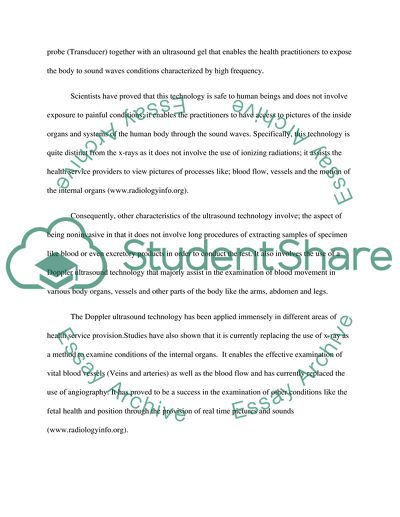Cite this document
(“Vascular Ultrasound Technology and Diagnosing Vein Disease Research Paper”, n.d.)
Vascular Ultrasound Technology and Diagnosing Vein Disease Research Paper. Retrieved from https://studentshare.org/health-sciences-medicine/1608418-vascular-ultrasound-technology-and-diagnosing-vein-disease
Vascular Ultrasound Technology and Diagnosing Vein Disease Research Paper. Retrieved from https://studentshare.org/health-sciences-medicine/1608418-vascular-ultrasound-technology-and-diagnosing-vein-disease
(Vascular Ultrasound Technology and Diagnosing Vein Disease Research Paper)
Vascular Ultrasound Technology and Diagnosing Vein Disease Research Paper. https://studentshare.org/health-sciences-medicine/1608418-vascular-ultrasound-technology-and-diagnosing-vein-disease.
Vascular Ultrasound Technology and Diagnosing Vein Disease Research Paper. https://studentshare.org/health-sciences-medicine/1608418-vascular-ultrasound-technology-and-diagnosing-vein-disease.
“Vascular Ultrasound Technology and Diagnosing Vein Disease Research Paper”, n.d. https://studentshare.org/health-sciences-medicine/1608418-vascular-ultrasound-technology-and-diagnosing-vein-disease.


